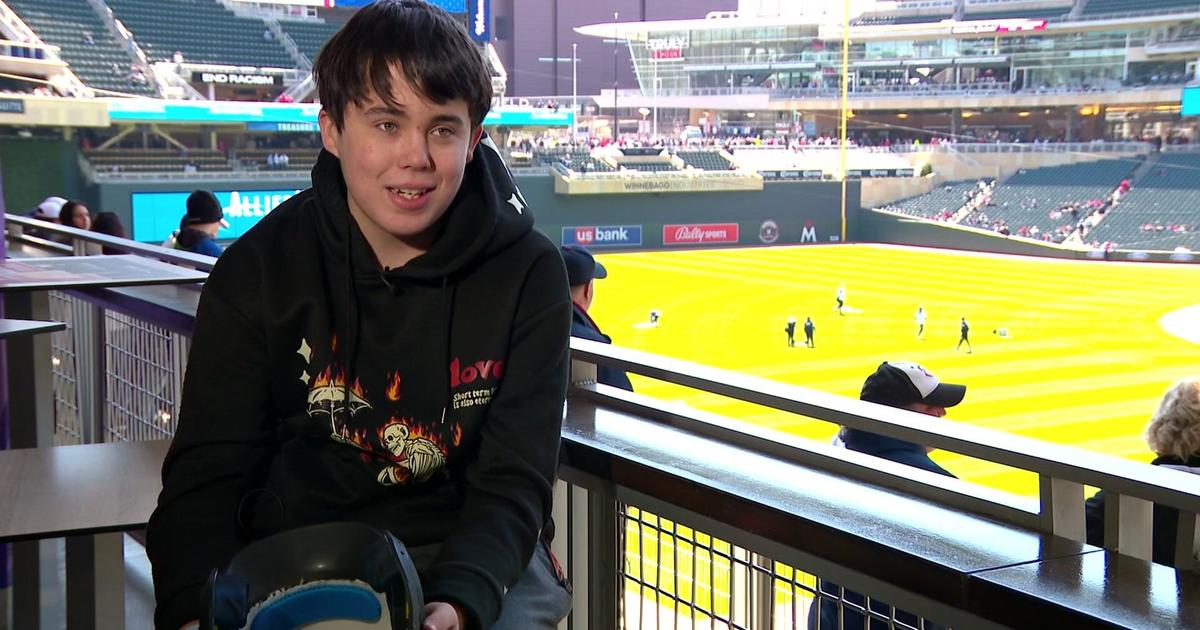REARDON: Belly Aches
A few weeks back, I briefly addressed the growing presence of long putters in the game today, and merely raised an objection to them based on some perceived inconsistency by the USGA in rulings governing putters. Time often gives one the chance to pull back from such positions, but in this case, time has caused me to take an even stronger stance and make the case.
I think the long putters are in direct opposition to what the rules of golf have always tried to legislate, and action by the USGA and R&A should be taken to control their use. I will offer my solution at the end, but first consider the objection.
While many like to challenge the notion of golfers as athletes, even those skeptics usually concede that the golf swing is a complex movement not easily mastered or maintained. For thirteen clubs in the bag, it is a similar swing involving the free movement of the hands. Those swings are designed to produce distance and direction.
The fourteenth club in the bag, the putter, has always encouraged a variety of grips and swings requiring no real physical strength but a great deal more precision in stroking a 1.68 inch ball into a 4.25 diameter hole. The putting stroke has little in common with the full swing with one glaring exception. Through the history of the game, both have involved the free movement of the hands while gripping the club.
The new long putters, belly and broomstick, have changed that historical commonality. By anchoring the club to one's naval or sternum or other contrived body part, the player is now able to artificially offset their own inability to "freely" control the movement of the club.
These clubs and methods have been around for years -- and have largely been the haven of older players whose unsteadiness on the greens have required the most drastic solutions to putting "yips." As a novelty, they never really concerned me, but they always struck me as a detraction from the game.
Putting is and has been an art form in the game. Great putters are more revered than the long drivers of the game because they possessed a skill so rare that even the best players envied their gift. Most of the great players were talented putters at the height of their career, and many of them met their demise first on the greens.
What we are seeing now take place in the game is players chronologically young -- but geriatrically old when it comes to mastering the conventional putting stroke. When Webb Simpson won in Boston two weeks ago, we were reminded that he had been using his long putter since college days. PGA Champion Keegan Bradley is still in his twenties. The rejuvenated Adam Scott is considered one of the young stars of the game. When players of this age have turned to the long crutch on the greens and post success, it can only mean that golf, a sport of lemmings when it comes to equipment, is about to be over run with bellys and brooms.
No doubt, somewhere, a father has taken his seven-year-old out to the practice green, placed his adult putter pointedly in his navel, and set him on the road to pivot dependence.
Is it difficult to imagine a future where a genuine putting stroke will become as rare as a Bullseye putter or a wooden headed driver? And is that rarity a good thing?
Tom Watson's friend and sometimes caddie, Neil Oxman, was quoted as saying Tom never reached for a long crutch -- despite his struggles on the greens -- because he would feel like "he was cheating." I think it should be treated like cheating.
So how to solve the problem? It took the USGA more than two decades to legally correct the square grooves issue, largely out of concern about protracted legal actions. If they stepped in at this time and banned the longer putters they would face the same costly future. But unlike the grooved clubs, the long putters don't need to be outlawed, the rule only need to be refined to state that at any point in the swing a club should only make continuous contact with the body through the hands.
If players want to execute a belly stroke, do it only in "proximity" to that area. If players want to sweep with their broomsticks let them do so without the benefit of an anchor. If they can develop the same type of artistry with their hands freely and independently moving the club, so be it. They will be displaying the same hand/eye coordination as Crenshaw, Locke, Casper and others who were considered the wizards of the short grass only using an approach uniquely different -- but consistent -- with the game's history.
The governing bodies have consistently protected the inherent nature of the game by closely guarding against technical encroachments that would alter its relationship to the past. It is time for them to step into this exploding revision on the greens and act in the best interest of golf. If Keegan Bradley and Adam Scott and Webb Simpson are as gifted as I think, they will learn to find a way to succeed on the greens. And if they lack that talent, then they should be relegated to the same fate as hundreds of bad putters who came before them.
If you want to get better at golf, practice your game, don't buy it.
Dan Reardon is Golf Editor at KMOX. He can be heard throughout the week on America's Sports Voice.






